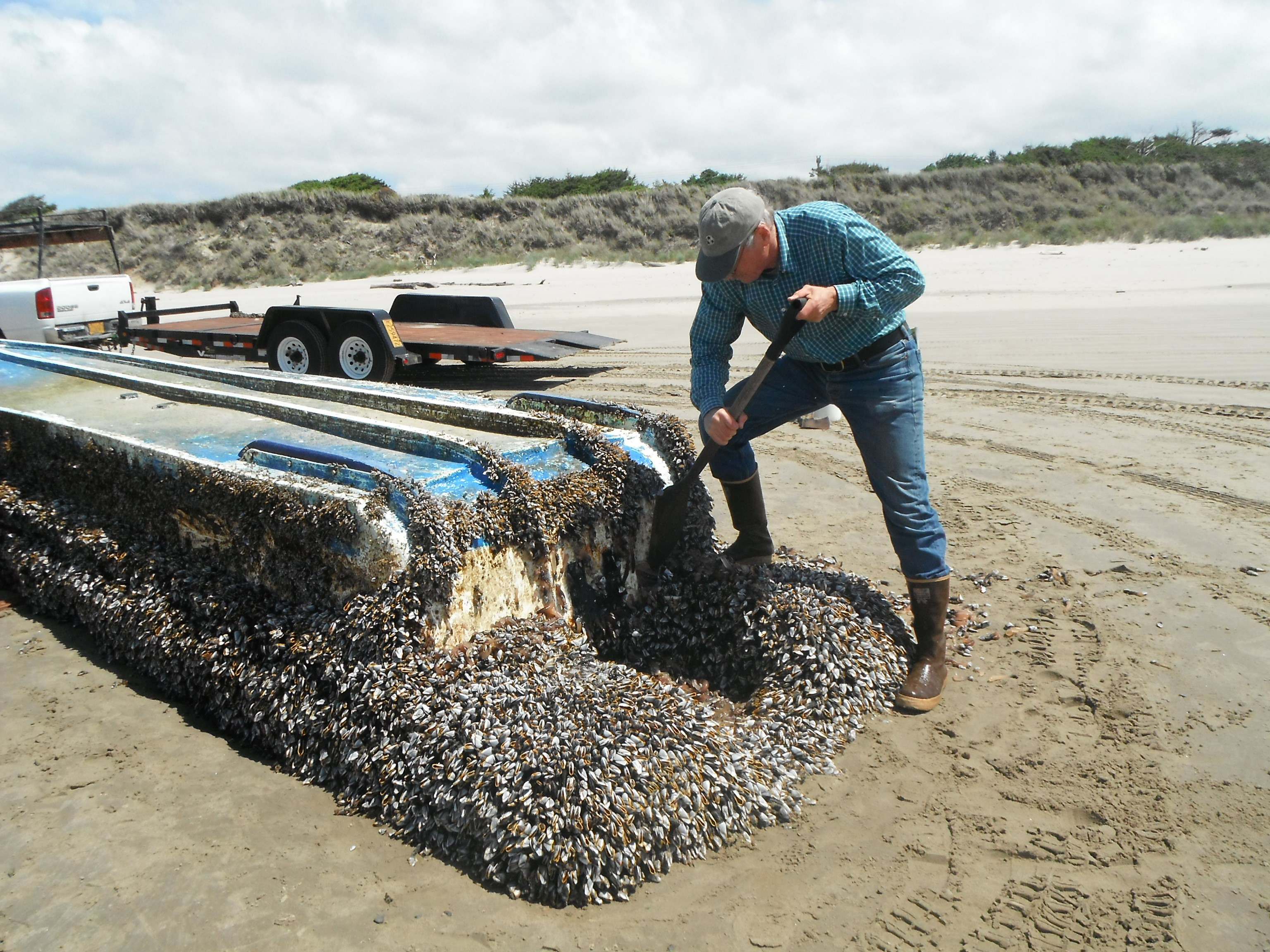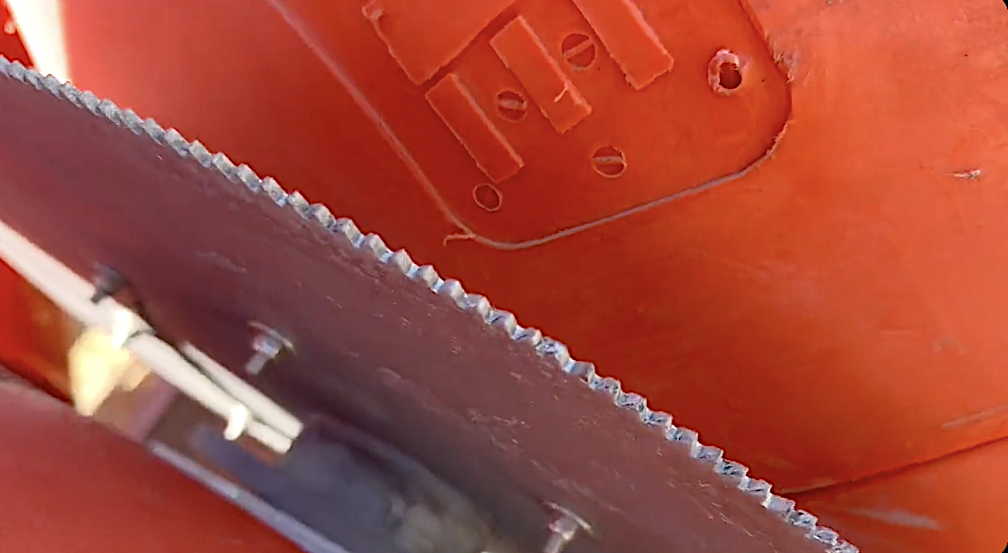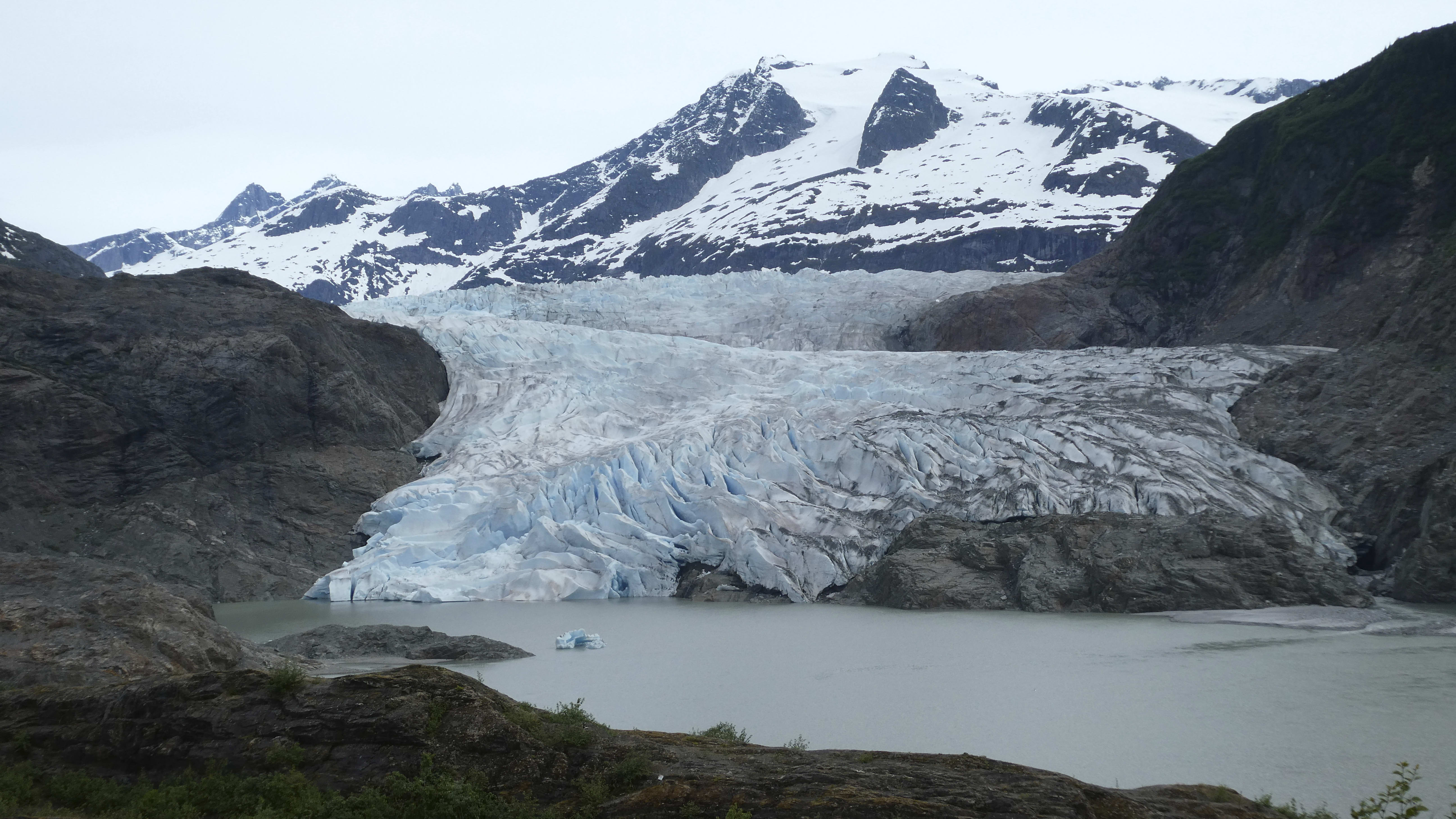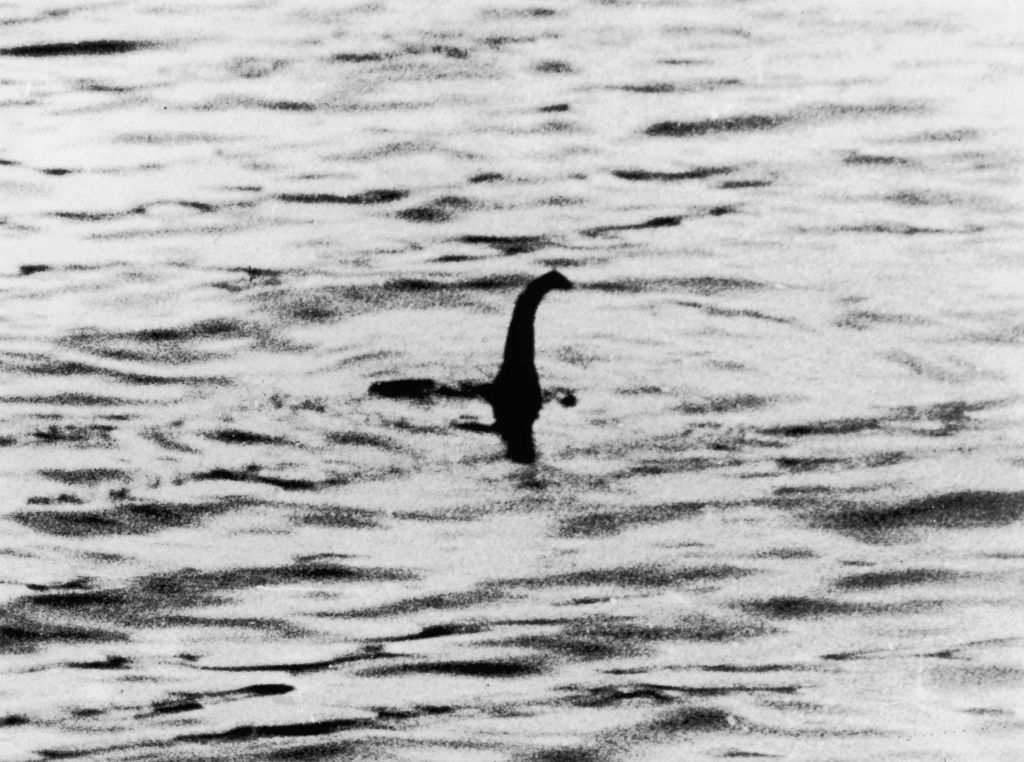Hundreds of Japanese sea critters surfed the Pacific on plastic debris after the 2011 tsunami


At least 289 invasive species surfed on debris from the Japanese tsunami in 2011 to the shores of the West Coast of America, a study released Thursday has found. The incredible transpacific crossings were made possible by the proliferation of non-biodegradable materials like plastics and fiberglass, which were capable of drifting for a year and a half or more as the ocean currents buoyed them — and their tiny living cargo — west.
[Marine sciences professor James T.] Carlton called it remarkable that such a wide range of species — which also included barnacles, worms, and tiny filter-feeders called bryozoans — could survive the journey across the northern Pacific. In many cases, these passages took years, longer than the life spans of the individual organisms. The authors [of the study] concluded that not only did these creatures adapt to an open ocean where food was scarcer than in rich coastal waters, they were also able to reproduce, in some cases for at least three generations, before reaching the North American coast."We found that hundreds of species could survive for multiple generations at sea," said Dr. Carlton, who is a former director of William's Maritime Studies Program in Mystic Seaport, Connecticut. "They could do this so long as their rafts did not dissolve or sink." [The New York Times]
Biology professor Steven L. Chown told The New York Times that what scientists are witnessing is an entirely new, man-made form of animal travel. "We have created a new ecological process, the process of mega-rafting," he said.
It remains to be seen if any of the invasive Japanese sea creatures get a foothold on the West Coast, a potentially calamitous possibility for the region's native species. Read the full report here.
The Week
Escape your echo chamber. Get the facts behind the news, plus analysis from multiple perspectives.

Sign up for The Week's Free Newsletters
From our morning news briefing to a weekly Good News Newsletter, get the best of The Week delivered directly to your inbox.
From our morning news briefing to a weekly Good News Newsletter, get the best of The Week delivered directly to your inbox.
A free daily email with the biggest news stories of the day – and the best features from TheWeek.com
Jeva Lange was the executive editor at TheWeek.com. She formerly served as The Week's deputy editor and culture critic. She is also a contributor to Screen Slate, and her writing has appeared in The New York Daily News, The Awl, Vice, and Gothamist, among other publications. Jeva lives in New York City. Follow her on Twitter.
-
 Political cartoons for November 29
Political cartoons for November 29Cartoons Saturday's political cartoons include Kash Patel's travel perks, believing in Congress, and more
-
 Nigel Farage: was he a teenage racist?
Nigel Farage: was he a teenage racist?Talking Point Farage’s denials have been ‘slippery’, but should claims from Reform leader’s schooldays be on the news agenda?
-
 Pushing for peace: is Trump appeasing Moscow?
Pushing for peace: is Trump appeasing Moscow?In Depth European leaders succeeded in bringing themselves in from the cold and softening Moscow’s terms, but Kyiv still faces an unenviable choice
-
 Nobody seems surprised Wagner's Prigozhin died under suspicious circumstances
Nobody seems surprised Wagner's Prigozhin died under suspicious circumstancesSpeed Read
-
 Western mountain climbers allegedly left Pakistani porter to die on K2
Western mountain climbers allegedly left Pakistani porter to die on K2Speed Read
-
 'Circular saw blades' divide controversial Rio Grande buoys installed by Texas governor
'Circular saw blades' divide controversial Rio Grande buoys installed by Texas governorSpeed Read
-
 Los Angeles city workers stage 1-day walkout over labor conditions
Los Angeles city workers stage 1-day walkout over labor conditionsSpeed Read
-
 Mega Millions jackpot climbs to an estimated $1.55 billion
Mega Millions jackpot climbs to an estimated $1.55 billionSpeed Read
-
 Bangladesh dealing with worst dengue fever outbreak on record
Bangladesh dealing with worst dengue fever outbreak on recordSpeed Read
-
 Glacial outburst flooding in Juneau destroys homes
Glacial outburst flooding in Juneau destroys homesSpeed Read
-
 Scotland seeking 'monster hunters' to search for fabled Loch Ness creature
Scotland seeking 'monster hunters' to search for fabled Loch Ness creatureSpeed Read
